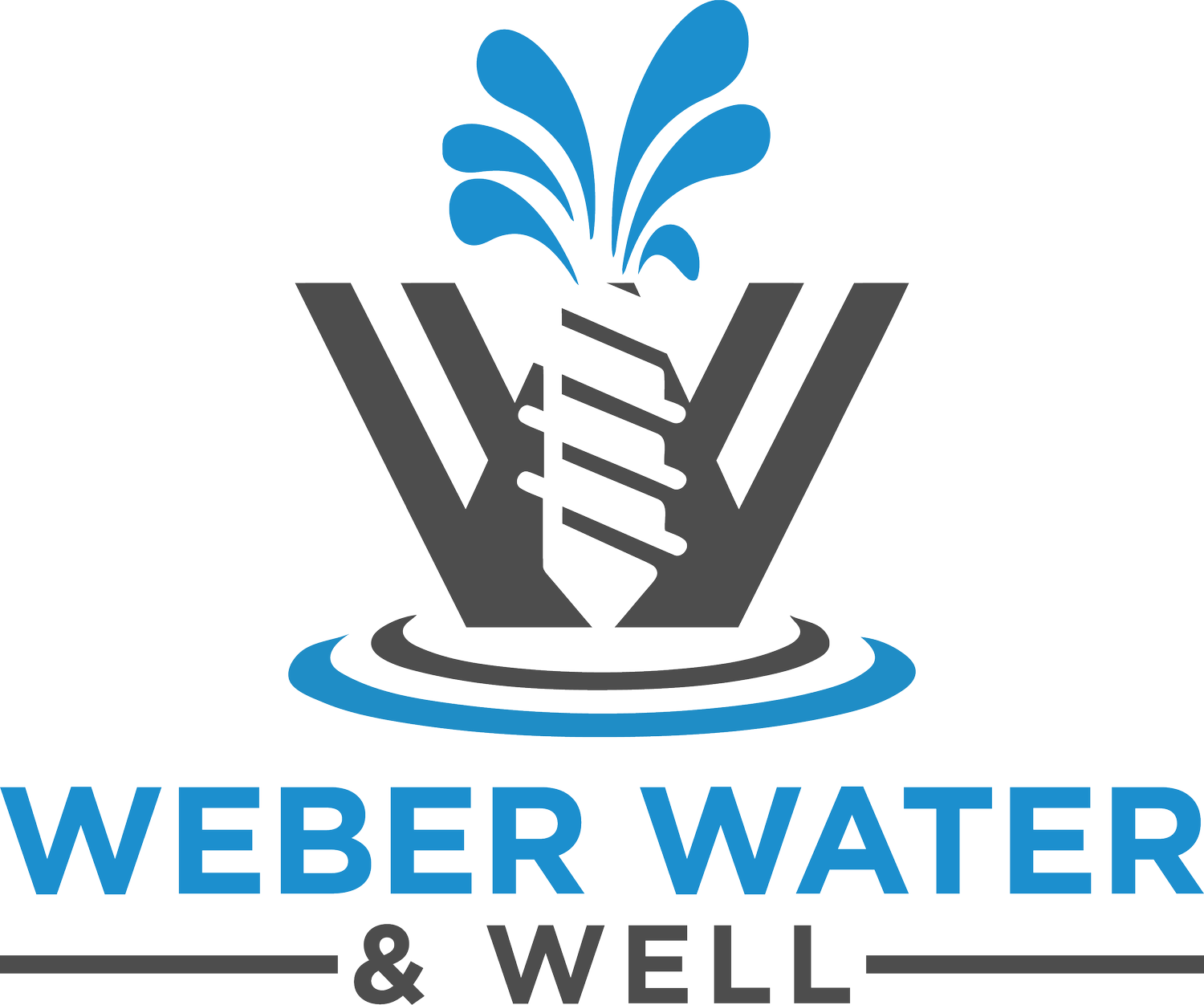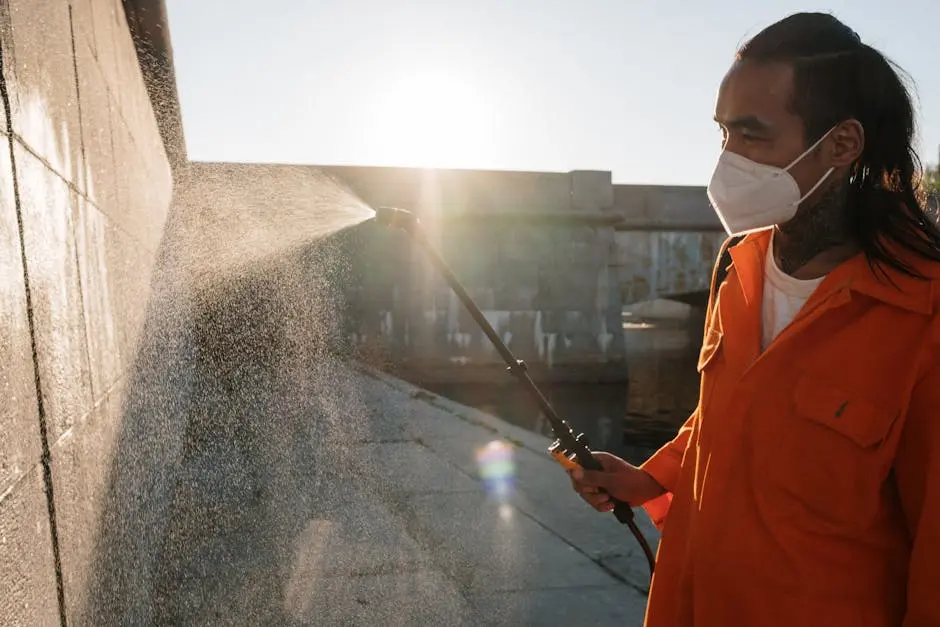What Is Well Rehabilitation and When Is It Needed?
Well rehabilitation is a crucial practice in ensuring the longevity and efficiency of water wells. If you've noticed a drop in water quality or quantity from your well, it may be time to consider rehabilitation. This guide will help you understand what well rehabilitation is and when it’s necessary.
Understanding Well Rehabilitation
Well rehabilitation involves cleaning and restoring a well to improve its performance and water quality. This process can include a variety of techniques aimed at removing obstructions, repairing damage, and enhancing water flow.
What might prompt the need for well rehabilitation? Over time, wells can accumulate various types of sediment and minerals that may hinder water flow. Thus, understanding this process is vital for well owners to ensure they maintain their water sources effectively.
By utilizing methods like chemical treatments or mechanical means, well rehab can significantly increase the lifespan of your well. Notably, when properly executed, rehabilitation not only restores functionality but can also optimize water quality, making it even more critical.
Signs Your Well Needs Rehabilitation
Several indications suggest your well may require rehabilitation. These include a noticeable decrease in water pressure, sediment in the water, changes in taste or odor, or an increased number of maintenance issues.
Have you ever noticed that your water tastes metallic or musty? This could be a direct sign that your well is in need of rehabilitation. Additionally, if you experience plumbing issues or frequent pump failures, these are clear signals that something may be amiss with your well.
Other common indicators include unusual fluctuations in water flow or discoloration. When faced with these problems, it's essential to act quickly. Ignoring these signs may lead to more extensive damage and expensive repairs down the line.
Common Methods of Well Rehabilitation
There are various methods used for well rehabilitation, such as chemical treatment, hydrofracking, and mechanical scraping. Each method is suited to different issues, and a professional can help determine the best approach.
The choice of method often depends on the specific problems troubling your well. For example, hydrofracking can be particularly effective for wells suffering from reduced water flow due to fractured bedrock. It's remarkable how these specialized methods can restore your well's ability to provide clean water.
Chemical treatments are another option that can remove harmful minerals and bacteria. When considering which method to pursue, it’s beneficial to consult with an expert who understands the nuances of well rehabilitation and can provide tailored solutions.
When to Seek Professional Help
It's advisable to consult a professional when you notice significant changes in your well's performance or when attempted DIY solutions fail. An expert can provide a thorough assessment and recommend effective rehabilitation measures.
Remember, not all problems are suitable for a DIY fix. Certain conditions, like severe clogging or deep-rooted damages, require specialized equipment and expertise. So, don’t hesitate to reach out for professional help when you’ve noticed troubling signs.
Ultimately, the goal of well rehabilitation is to restore your well to optimal conditions. Investing in professional services early on can save you time and money later. Trusting the experts can ensure your water supply remains safe and reliable for years to come.
Key Takeaways on Well Rehabilitation
In conclusion, well rehabilitation is an essential step in maintaining your water supply and ensuring that your well continues to function correctly. Regular assessments and timely interventions can save you from costly repairs and improve the overall quality of the water you rely on.


